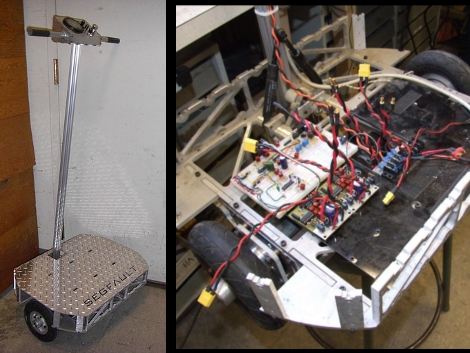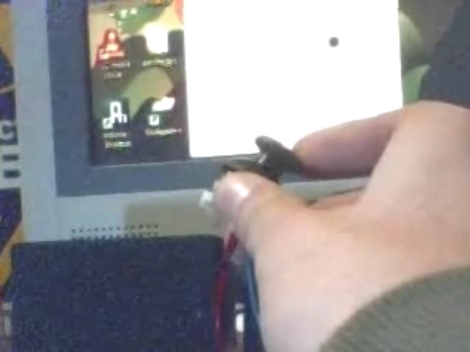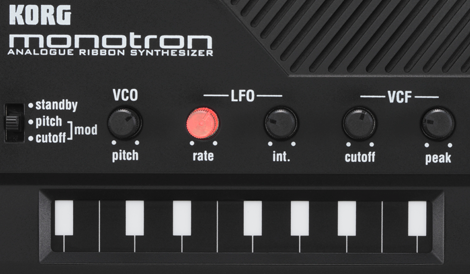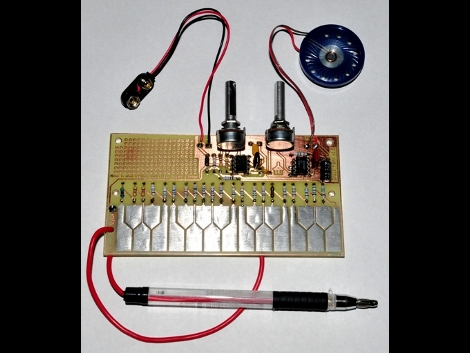Here’s a mounting system that adds mechanical tilt control to the iPhone (link dead, try the Internet Archive version). It uses two servo motors to rotate along the X and Y axes. An analog joystick is used along with an Arduino to control the movement of the apparatus. As you can see in the video after the break, this works quite well when playing accelerometer-based games. But adding a joystick isn’t the end-goal of the project. [Shane] plans to point a camera at the iPhone and use image recognition to play games automatically. That sounds like a big bite the chew but we’ve seen this work with Guitar Hero so we’re optimistic.
analog180 Articles
Segfault: Balancing Transport Using A Dozen Op-amps

The Segfault is a balancing transport similar to a Segway, but it uses analog comparators instead of digital circuitry. On board you’ll find no less than twelve LMC6484 op amps. They take signals from the gyroscope and the accelerometer, balance and filter them, then drive the motor h-bridges accordingly.
[Charles], the guy behind the Segfault, is also the one responsible for DeathBlades. As with that project he does just as well at documenting as he does at fabrication. Take some time to enjoy his posts associated with this two-wheeled-wonder (especially the build process) and then watch in the video after the break.
Continue reading “Segfault: Balancing Transport Using A Dozen Op-amps”
Building A Bandwidth Meter
Here’s an analog bandwidth meter made to look like an old pressure gauge. It’s actually new, but the paper showing the graduated scale was stained in a bath of black tea, then dried in an oven to give it an aged appearance. We think it’s quite effective.
The dial itself is a volt meter driven by an Arduino in much the same way as the multimeter clock. Bandwidth data is pulled from a Linux router, filtered down to the target data using ‘grep’, and sent over the serial connection by a Perl script. Since the meter itself is just waiting for serial data, alterations to the router’s scripting make it easy to represent a count of unread emails, tweets, or whatever data your code can scrape.
[Thanks Ben]
Arduino + Java + Joystick

Interfacing your own hardware with a Java app couldn’t be easier than this example. [Pn] created this proof-of-concept using an Arduino, an analog joystick from a gaming controller, and a few lines of Java code. The Arduino reads an ADC value from the joystick’s x-axis and transmits it over the serial connection ten times a second. The Java program triggers on every serial event, parsing the data based on the @ symbol that the Arduino sends as a start and end condition.
We like this kind of example because there’s nothing extra involved. It lets you take the concept and run with it in any project imaginable. Be it a more complicated Joystick, or simple sensors that you’d like to interface with.
Monotron Openly Monophonic

Famous synth manufacturer Korg has released the schematics (get them here if you don’t like to fill out forms) for their wee little Monotron for all to see and use! This is great news for anyone looking to build up a synth from scratch or to circuit bend their existing monotron. The filter circuits alone would be fun to add to an existing electronics setup.
Granted there are already many examples of monotron mods out there, but that shouldn’t stop you from experimenting with your own variations. Now with the schematics you can make fundamental changes to the architecture of the synth all from the comfort of your own CAD software. Want more oscillators? Distortion? It’s all out there for you to explore. We’re very interested to see how far people will run with this. And big ups to Korg for recognizing the value of hacking!
[via Retrothing]
Analog Stylophone

[Doug Jackson] just finished building an analog Stylophone. We’ve seen this instrument a few times before, most recently with an Arduino-based controller, but this one makes use of 555-timer, resistors, and potentiometers to generate the waveform for each note. If you’ve got the copper-clad and the means to etch the board everything else should be pretty easy to come by. We did note that since this is a single-sided board you’ll be soldering on the same side as the components, which can get a bit hairy but manageable. We just wish that [Doug] has posted a demonstration video so we could hear what this sounds like. But it can’t be too much different from that electronic vuvuzela that used a 555 timer as well.
Line Following Tank Without A Microcontroller

This line following tank uses analog circuitry to sense where a dark line is and adjust its course. Despite the opening paragraph on the schematic page (which looks to be leftover from a past project writeup) this circuit relies on a set of transistors for motor control. [Chris] does a great job of explaining the setup in detail; it boils down to a phototransistor detecting reflected light and flipping which motor is running based on what is detected. A couple of potentiometers are included to tune up the accuracy of the circuit. There’s a short clip of the treaded-terror making a loop around the track after the break.
This is another great way to try your hand at analog circuitry. Once you’ve built the body (tank or otherwise) and line tracking circuit it can be repurposed by swapping out the brains for your next project.
Continue reading “Line Following Tank Without A Microcontroller”












